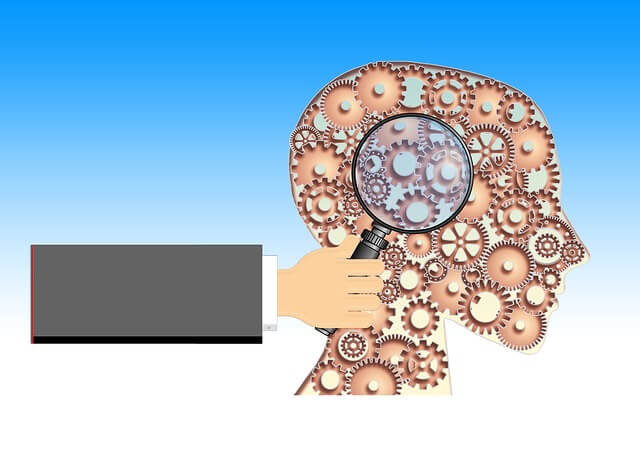
Does your brand message appeal to your customer’s natural human tendencies?
Does it trigger the right emotions and mental processes to convert customers into buyers?
While every brand is different, and every consumer group has their own likes, dislikes, and motivations, a few human tendencies stay consistent throughout.
Knowing them can help us craft an effective brand message.
The Five-Second Rule
Do you remember the five-second rule?
I remember a few years ago when the news was all abuzz with a study that came out in the Journal of Applied and Environmental Microbiology, which informed us the “five-second rule” of food safety was a vast oversimplification of microbiology.
Well, duh!
Now, I’m not a microbiologist, but I’m pretty sure anyone who has had even the smallest amount of elementary school science could have come to that conclusion, however reluctantly.
(Also, remember the good ole’ days when scientists had so much time on their hands NOT trying to save the world from a virus named after a beer that they studied elementary school lore?)
Give Us ALL the Dropped Food
The truth is, it really doesn’t matter what science says, the five-second rule appeals to many of our basic mental and emotional processing needs—and that’s why, even though deep down we’ve always known better—we still use it to justify consuming food that’s been dropped on the floor.
Now, this post isn’t to shame you into surrendering dropped food to the dog or disposal.
Instead to use the five-second rule as an example to show some of the human tendencies we, as communicators, should be aware of when producing our own brand message.
Categorization and Your Brand Message
As humans, we like to categorize things.
In fact, we don’t just like it, it’s a basic human need and a common cognitive need.
It helps us process the things we see, hear, and analyze.
It is also why we have a tendency to develop stereotypes and prejudice. Or even just to overlook the need for diversity in perspective and operation.
Our brains are most comfortable when not faced with ambiguity, so we look for quick and consistent answers.
Simple math.
“If X, then Y.”
Unfortunately, that does not align well with the natural entropy of the world we live in. So sometimes we find ways to classify things, events, or people, which is not actually accurate or effective—but simply help us fulfill that need.
The five-second rule does just that.
When you drop food on the floor, you want to be able to determine immediately if it’s edible.
You don’t have a microbiology lab with you at all times, so you want a way to measure edibility and safety.
Quickly and easily.
BOOM! Enter five seconds!
Brand Message Lessons In Categorization
When it comes to your brand messaging, take a look at how you allow your customer to do this same thing.
For example:
- Do you provide your customer a way to classify you or your product? Because if you don’t provide one for them, they’ll make-up one on their own, and it might not be to your advantage.
- Do you provide an easy system to help your customer decide if you are the right choice for their needs?
- Do you help your consumer evaluate your product or service, and it’s applicability to their needs in a quick and easy way?
- If you are introducing a new category, do you provide an analogy to something they are already familiar with?
Justification and Your Brand Message
I often like to tell a story about how for many, many, many years of my life I sent my laundry out weekly.
It would return to me clean, folded, and organized.
It was splendid.
While this wasn’t a free service, I justified it by figuring out my hourly rate, and how much time I’d waste doing my own laundry.
If, instead of doing laundry I filled those hours with billable client work, then I was actually LOSING money by doing my own laundry.
The choice was clear.
(Now I have a husband to do my laundry, so it works out even better.)
Likewise, the five-second rule gives us the ability to justify the consumption of dropped food and that makes it an extremely valuable theory to us.
So whether it be sending out laundry, eating dropped food, buying the latest gadget, or even immoral decisions, justification is a very powerful force in our decision-making process.
Brand Message Lessons in Justification
Just like categorization, your brand messaging needs to help your customers justify a purchase.
Ask yourself these questions to figure out how to best do that.
- Do you provide your consumers with the right justification as to why their money is well spent with you?
- Does your brand message help consumers understand why they need you?
- What pains does an investment with you remove? Likewise, what “dream” does it offer.
- What problems that keep your customer up at night does your product or service solve?
- Do you provide comparisons as far as what a similar investment might look like used different ways?
- Do you appeal to their needs and provide rational reasons why your product or service fills them?
When you provide for the human need to categorize and justify through your brand messaging, content, and overall buyer’s journey, you work within the natural human process we rely on to make decisions.
Many times a consumer wants to choose you, you just don’t give them the opportunity to do so.